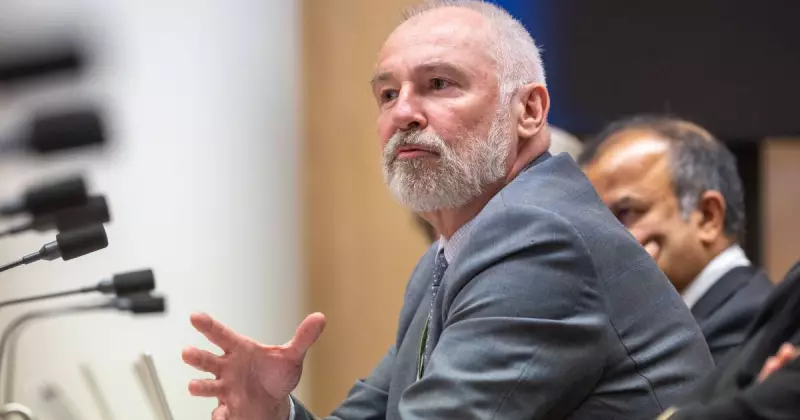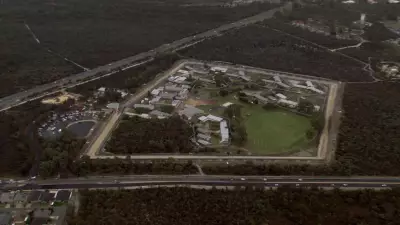
The Australian Capital Territory's dominance as the home of the nation's public service continues to decline, with Canberra's share of federal public servants falling to its lowest point in nearly two decades despite overall workforce growth.
Shifting geographical distribution
New data from the annual State of the Service report reveals a significant geographical shift within the Australian Public Service. While the total APS workforce grew to 198,529 employees at June 30 - an increase of 13,671 staff or 7 percent over the previous year - the distribution of these jobs across the country is changing dramatically.
The number of public servants based in the ACT actually increased from 68,257 in 2024 to 70,221 in 2025, reaching a record high in absolute terms. However, this growth hasn't kept pace with expansion elsewhere, causing Canberra's proportion of the total APS workforce to shrink.
ACT-based federal public servants now represent just 35 percent of the entire APS workforce, down from 37 percent in 2024 and 38 percent in 2023. This marks the lowest proportion of Canberra-based employees since 2006.
Remote work driving national distribution
Australian Public Service Commissioner Gordon de Brouwer attributed this shift to changing work patterns accelerated by the COVID-19 pandemic. "All these changes in flexible work that have been happening over a decade and accelerated by COVID have meant that we can recruit for particular jobs in areas that we never recruited before, and that's led to that relative shift," Dr de Brouwer explained.
The commissioner emphasized that while Canberra remains an important location for the public service, it's appropriate for a national public service to be located across the country. This geographical diversification comes amid ongoing political debates about the size and location of the public service workforce.
Improved performance and trust metrics
Despite the geographical shifts, Dr de Brouwer reported that the public service is "performing the best it's ever done on our measures." The State of the Service report showed several positive indicators:
- Trust in Australian public services rose 4 percentage points to 62 percent in 2024
- Public servants reported higher job satisfaction
- Perceptions of innovation and wellbeing improved
- Instances of workplace bullying declined marginally
The commissioner linked these improvements to treating public servants as respected adults, noting that "when you're treated like an adult and you're respected for your job, well, frankly, you feel engaged, you like your workplace, you feel better."
Code of conduct and corruption trends
The report also revealed mixed results regarding employee conduct. In the 2024-25 financial year, 582 employees were investigated for suspected breaches of the APS code of conduct, with 490 employees found in breach. Both figures represent decreases from the previous year.
However, instances of corruption showed a slight increase. Of the employees who breached the code of conduct, 78 cases were categorised as corruption, compared with 74 the year prior.
Dr de Brouwer noted that these figures vary annually and expressed concern about underreporting, stating "We'd like more reporting. Too many people feel that if they see it, they don't say something, and we'd rather more people were saying it."
The changing distribution of public service jobs comes as the APS faces continued scrutiny over its size and effectiveness, with the commissioner emphasizing that decisions about resource allocation directly impact public satisfaction and trust in government services.





